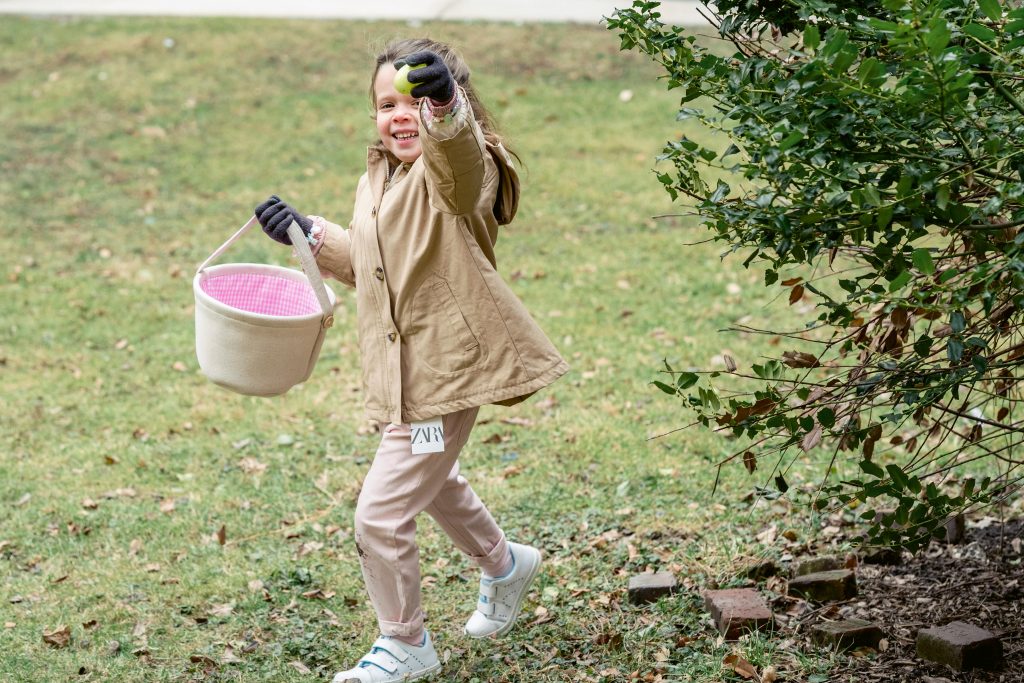
Choosing the right clothing for children is a task that blends practicality with a dash of fun. With growing bodies, ever-changing tastes, and busy schedules, finding the perfect balance between style, comfort, and affordability can be challenging. From baby basics to school uniforms, children’s clothing has to meet a variety of needs, all while accommodating the child’s personality and individual preferences. This article provides a parent’s guide to navigating the world of children’s fashion, ensuring that both parents and kids are happy with the choices made.
1. The Importance of Comfort and Fit
When it comes to children’s clothing, comfort is always a top priority. Kids are energetic, constantly moving around, playing, and exploring their environments. Clothes that are too tight or too loose can hinder movement and cause irritation. That’s why selecting clothing that allows for freedom of movement is essential.
Opt for soft fabrics like cotton, which are breathable and gentle on sensitive skin. Look for items with stretchy elements, such as elastic waistbands, which allow for a better fit and more flexibility. It’s also important to consider clothes that are easy to get on and off—especially for younger children. Zippers, snaps, and Velcro fasteners are much more convenient than buttons, making it easier for both kids and parents to dress independently.
Additionally, it’s crucial to check the fit of the clothing. Kids’ sizes can vary across different brands, so it’s a good idea to consult size guides and, if possible, try the clothes on. Avoid purchasing items that are too small or too large. Buying clothes in a slightly larger size can extend their wear time, but make sure they are still practical and comfortable for daily activities.
2. Durability and Practicality for Active Kids
Children are notoriously hard on their clothes, so durability is key. Kids will often wear their favorite outfits multiple times a week, resulting in more wear and tear. Durable clothing can withstand this constant use without quickly falling apart.
When shopping for durable pieces, pay attention to fabrics such as denim, corduroy, and canvas, which tend to hold up well over time. Reinforced stitching, especially at seams, will also contribute to the longevity of the garment. Clothing designed for active play, like athletic gear or jeans, should have added features such as extra knee padding or thick, stretchy materials that can handle outdoor adventures.
Another practical consideration is how easy it is to care for the clothing. Children’s clothes often need frequent washing due to spills, dirt, and sweat. Therefore, opt for items that hold up well in the laundry without fading or shrinking. Stains are inevitable, but selecting clothing with darker shades or patterns can help hide them better.
3. Balancing Style and Individual Expression
While comfort and durability are non-negotiable, children’s clothing is also a wonderful opportunity for self-expression. Kids, even at a young age, often have preferences when it comes to colors, patterns, and characters they enjoy. Whether it’s their favorite superhero, animal print, or a fun color, allowing children to have some say in what they wear fosters confidence and individuality.
Incorporating fun elements into their clothing can make getting dressed a more enjoyable experience. Choose clothing with playful prints, bright colors, or quirky patterns that match your child’s personality. At the same time, keep in mind that some children may prefer simpler, more classic designs. Offering a variety of clothing options lets kids express themselves while still maintaining a practical wardrobe.
For school or formal settings, there are still plenty of stylish choices that don’t compromise comfort. Button-up shirts, skirts, and dresses can be both cute and functional when made with soft, breathable fabrics. Pairing them with leggings or cozy sweaters ensures kids are comfortable throughout the day.
4. Seasonal Considerations
When shopping for children’s clothing, it’s important to consider the changing seasons. Every parent knows that kids seem to grow at lightning speed, so investing in seasonal clothes that can be worn for a few months or even a whole year is a smart move.
For colder months, look for layering options such as sweaters, fleece jackets, and insulated coats. Adding accessories like scarves, gloves, and hats can keep kids warm while also being fun. Be sure to invest in waterproof outerwear for rainy or snowy days, as well as sturdy winter boots to protect feet from the elements.
During warmer months, breathable fabrics like cotton, linen, and bamboo keep children cool. Lightweight shorts, T-shirts, dresses, and sun hats help them stay comfortable while enjoying the outdoors. Don’t forget about UV protection for sun-sensitive skin, and choose clothing that offers built-in sun protection for added peace of mind.
5. Affordability Without Sacrificing Quality
One of the biggest challenges parents face is balancing quality with cost. Children grow quickly, meaning they often outgrow clothes before they’ve worn them for long. However, this doesn’t mean you should sacrifice quality just to save a few bucks. There are several ways to shop smart while still providing your child with well-made, stylish clothing.
Look for sales, clearance events, and discounts at your favorite retailers. Many clothing brands offer seasonal promotions that can help lower the cost of high-quality items. Thrift stores, consignment shops, and online marketplaces also offer second-hand clothing that’s in good condition. This can be a great option for items that kids quickly grow out of, such as jackets, dresses, or shoes.
Consider investing in timeless pieces that can be mixed and matched across seasons, reducing the number of items you need to buy. Neutral colors, simple designs, and quality basics can easily be worn with different accessories or layered for various looks.
6. Sustainability and Ethical Shopping
Sustainability is a growing concern for many parents when shopping for children’s clothing. In a world where fast fashion dominates, more families are choosing to invest in clothing that is both eco-friendly and ethically produced.
Look for brands that use sustainable materials such as organic cotton, hemp, or recycled polyester. These fabrics are not only better for the environment but are often gentler on children’s sensitive skin. Ethical fashion brands that prioritize fair wages, safe working conditions, and transparency in their supply chains are a great option for conscious shoppers.
Additionally, consider the longevity of clothing items. Opting for pieces that are designed to last longer can help reduce waste in the long run. Hand-me-downs are another excellent way to recycle clothes and reduce the environmental impact of the fashion industry.
7. Safety First
Safety is always a top priority when it comes to children’s clothing. Make sure that the clothes you buy don’t have any small parts or accessories that could pose a choking hazard. Avoid long drawstrings, as they could get caught in playground equipment or other hazards. Also, be cautious about clothing with overly tight waistbands or uncomfortable tags that could cause irritation.
Choosing hypoallergenic and non-toxic fabrics is also a good practice, especially for babies or young children with sensitive skin.
Conclusion
Shopping for children’s clothing doesn’t have to be a daunting task. By focusing on comfort, durability, style, and affordability, parents can build a wardrobe that meets their child’s needs while keeping everyone happy. Whether it’s for everyday wear, special occasions, or seasonal changes, the right clothes can help children feel confident, comfortable, and ready for whatever adventures come their way. With careful consideration of fit, material, and ethical choices, parents can create a functional, stylish, and sustainable wardrobe for their little ones.
